Cells, Free Full-Text
Por um escritor misterioso
Last updated 29 maio 2024
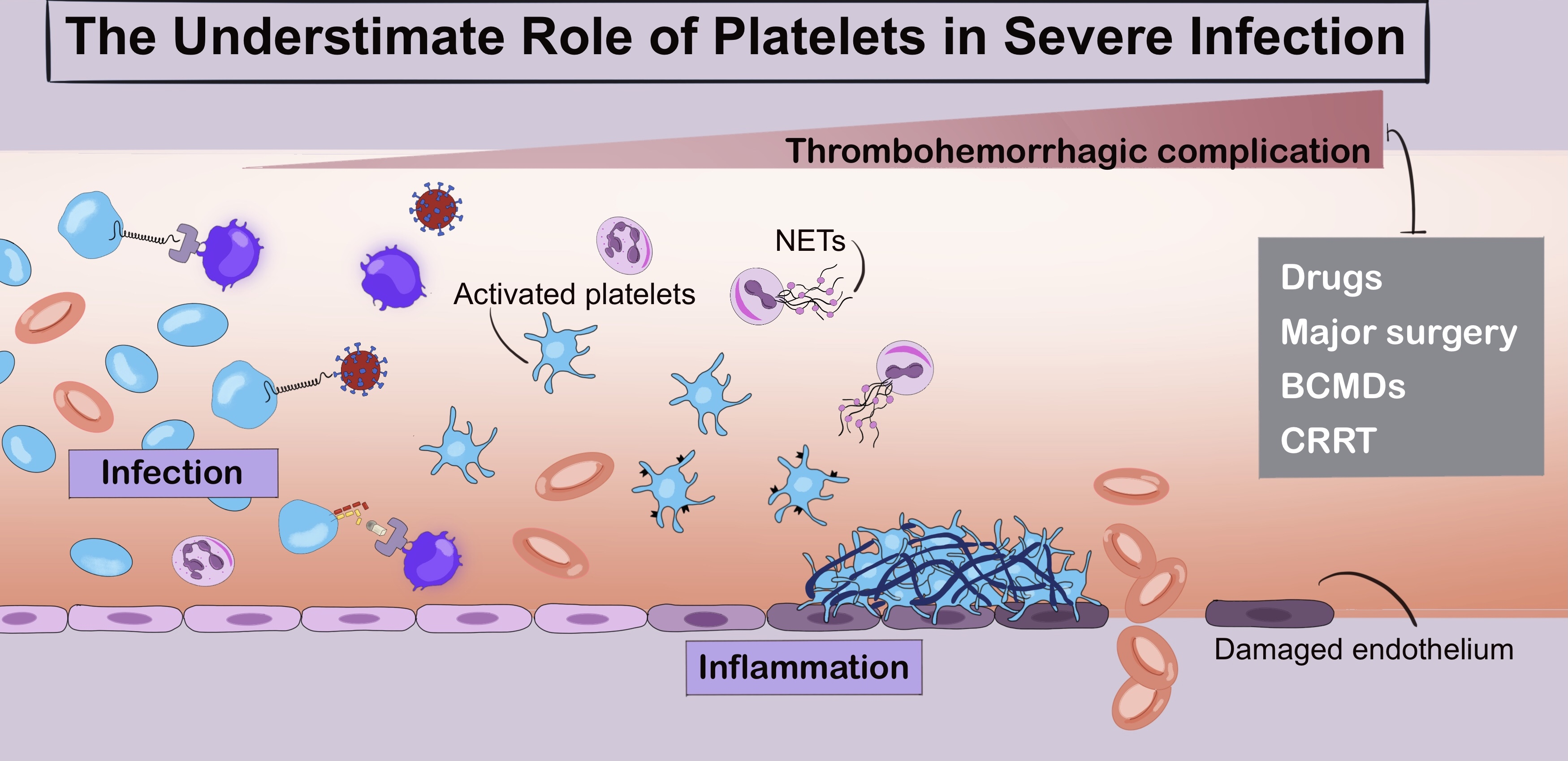
Beyond their role in hemostasis, platelets have emerged as key contributors in the immune response; accordingly, the occurrence of thrombocytopenia during sepsis/septic shock is a well-known risk factor of mortality and a marker of disease severity. Recently, some studies elucidated that the response of platelets to infections goes beyond a simple fall in platelets count; indeed, sepsis-induced thrombocytopenia can be associated with—or even anticipated by—several changes, including an altered morphological pattern, receptor expression and aggregation. Of note, alterations in platelet function and morphology can occur even with a normal platelet count and can modify, depending on the nature of the pathogen, the pattern of host response and the severity of the infection. The purpose of this review is to give an overview on the pathophysiological interaction between platelets and pathogens, as well as the clinical consequences of platelet dysregulation. Furthermore, we try to clarify how understanding the nature of platelet dysregulation may help to optimize the therapeutic approach.
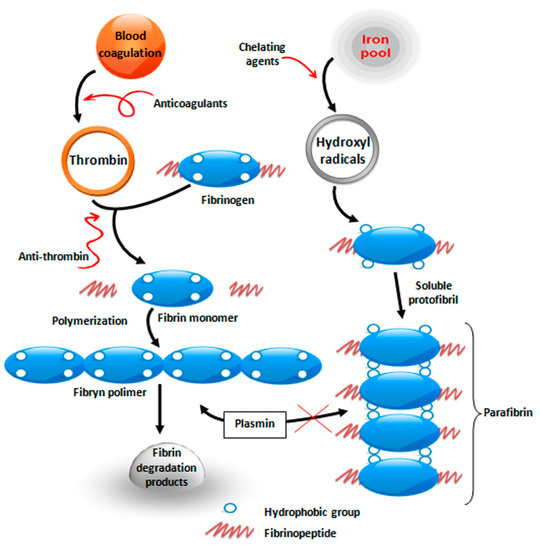
Polimer Program Get File - Colaboratory

Cell-free synthetic biology: Engineering in an open world - ScienceDirect

Cell-Free Protein Expression

Five-Year Outcomes for Refractory B-Cell Lymphomas with CAR T-Cell Therapy
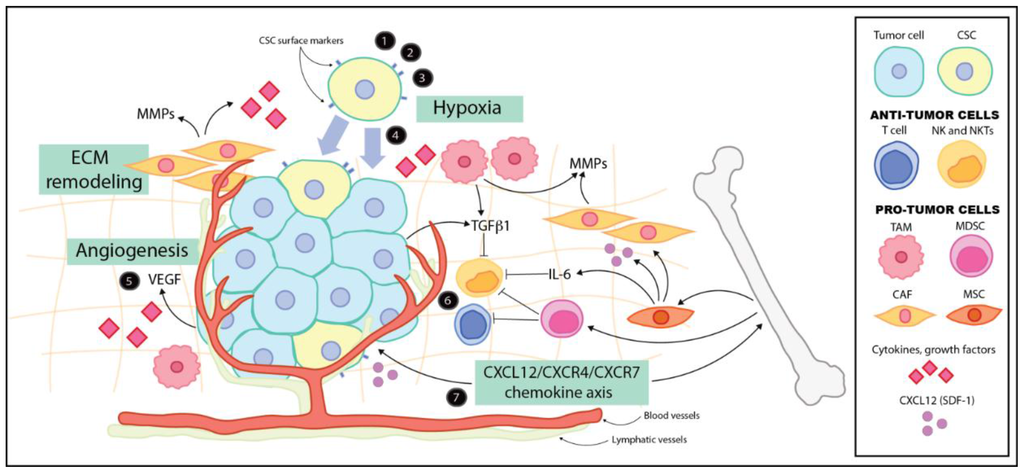
Cancers, Free Full-Text

Cell-free expression and synthesis of viruses and bacteriophages: applications to medicine and nanotechnology - ScienceDirect

STEM CELLS: Vol 35, No 5

The cell-free system: A new apparatus for affordable, sensitive, and portable healthcare - ScienceDirect
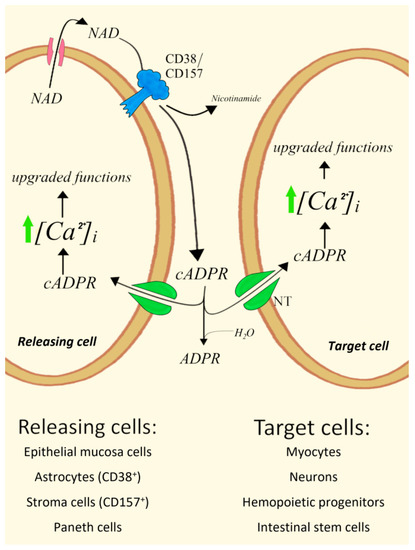
Nt Novo Cella Get File - Colaboratory
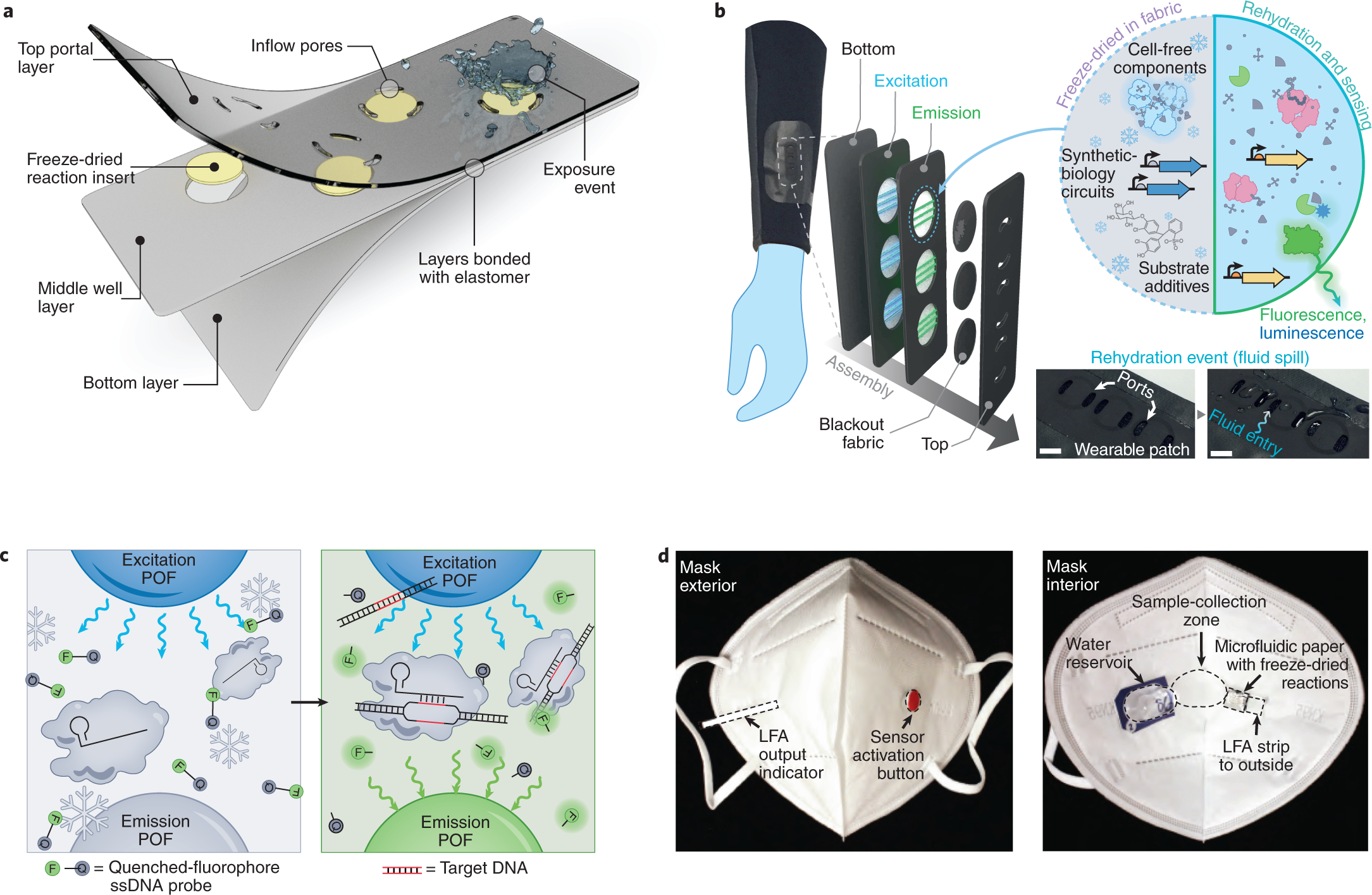
Textile-embedded cell-free biosensors
Recomendado para você
-
 Third win in a row for the Bulls, double-double by Vučević; Embid scored 50 points, and Dončić scored 40 points29 maio 2024
Third win in a row for the Bulls, double-double by Vučević; Embid scored 50 points, and Dončić scored 40 points29 maio 2024 -
 Kevin Durant debuted for Phoenix, Chicago better than Detroit, Boston defeated Cleveland29 maio 2024
Kevin Durant debuted for Phoenix, Chicago better than Detroit, Boston defeated Cleveland29 maio 2024 -
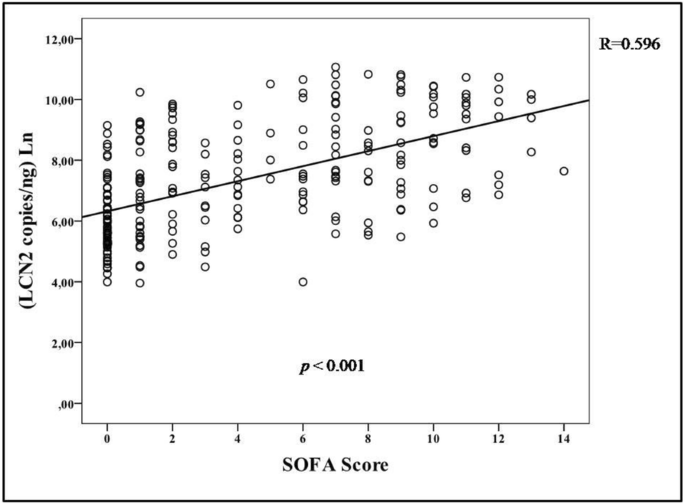 39th International Symposium on Intensive Care and Emergency Medicine, Critical Care29 maio 2024
39th International Symposium on Intensive Care and Emergency Medicine, Critical Care29 maio 2024 -
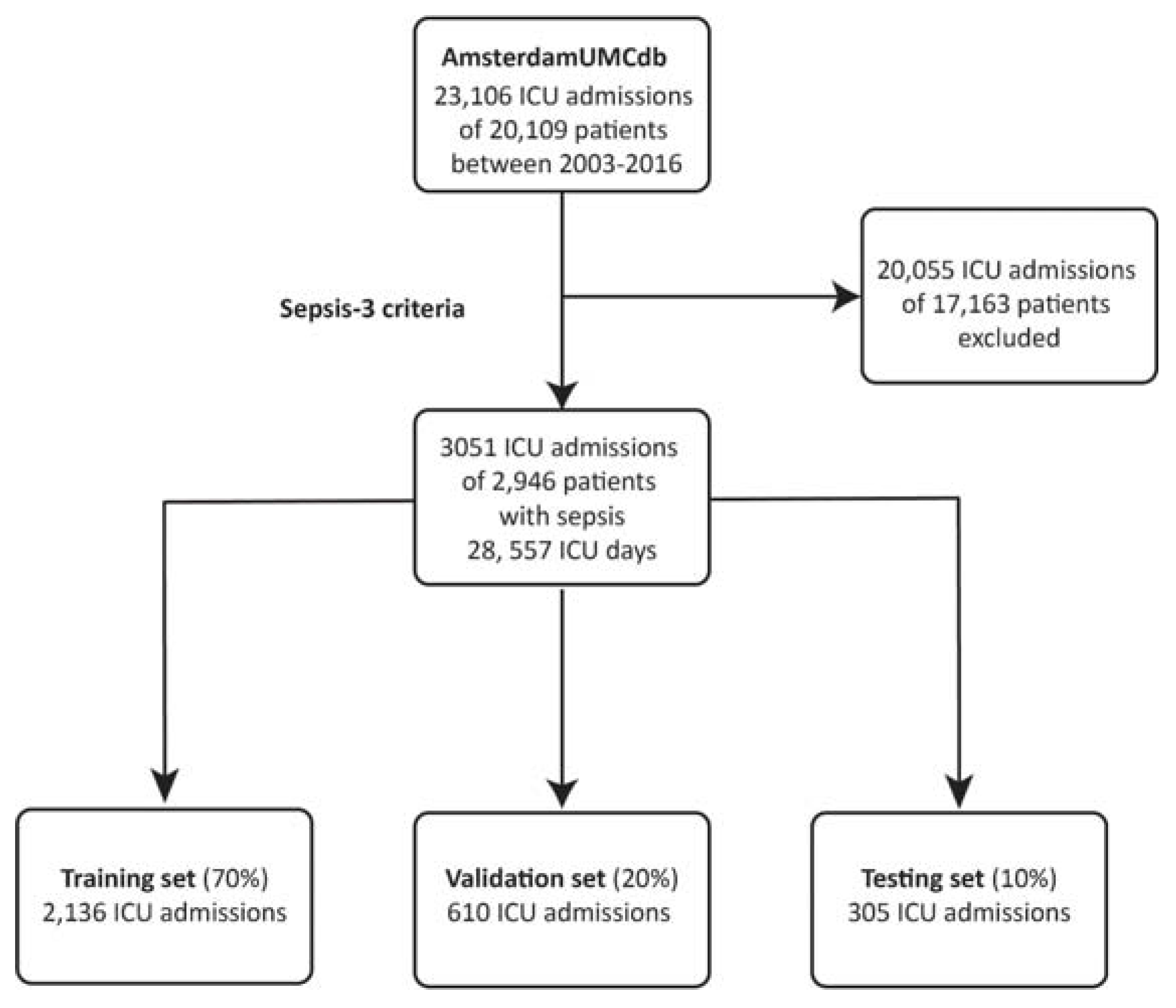 JCM, Free Full-Text29 maio 2024
JCM, Free Full-Text29 maio 2024 -
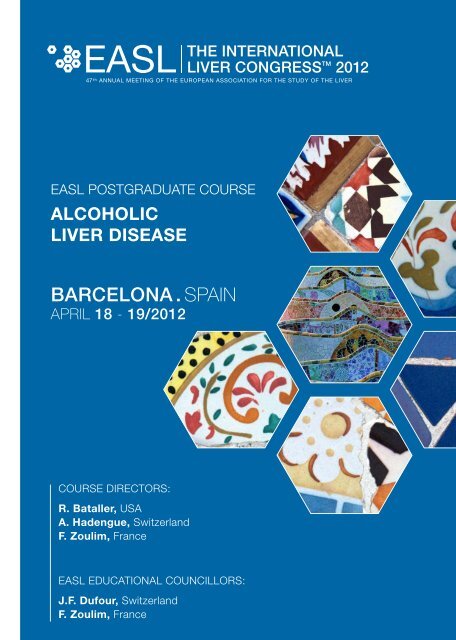 barcelona . spain - European Association for the Study of the Liver29 maio 2024
barcelona . spain - European Association for the Study of the Liver29 maio 2024 -
 Prediction of Coronary Heart Disease Using Risk Factor Categories29 maio 2024
Prediction of Coronary Heart Disease Using Risk Factor Categories29 maio 2024 -
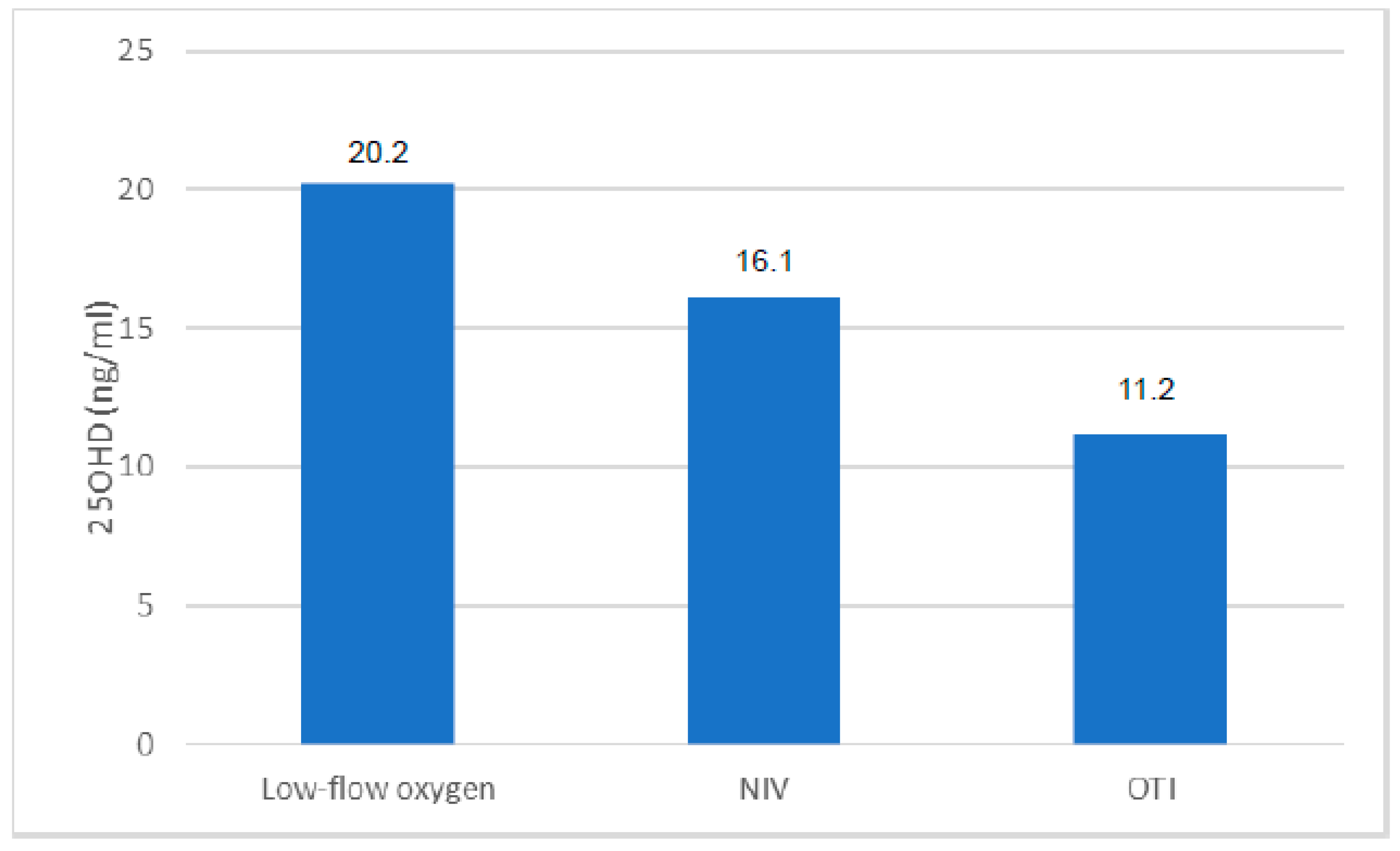 Nutrients, Free Full-Text29 maio 2024
Nutrients, Free Full-Text29 maio 2024 -
Access ohio east broad29 maio 2024
-
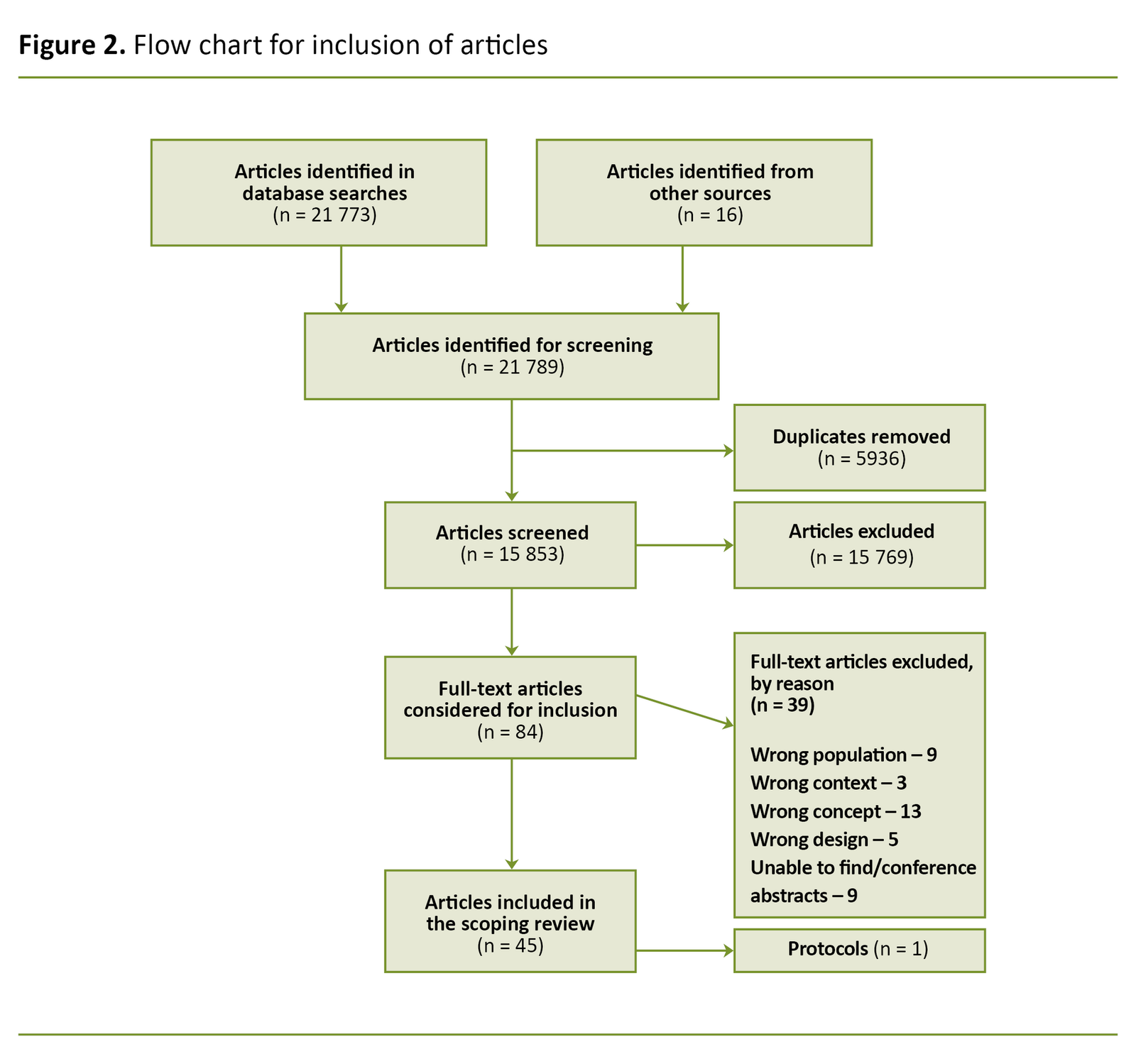 Systems for early detection of clinical deterioration in older people in non-hospital settings – a systematic scoping review29 maio 2024
Systems for early detection of clinical deterioration in older people in non-hospital settings – a systematic scoping review29 maio 2024 -
 Sportske novosti - Razigrani Dario Šarić zabio 20 poena za 18 minuta, double-double Ivice Zubca u porazu LA Clippersa29 maio 2024
Sportske novosti - Razigrani Dario Šarić zabio 20 poena za 18 minuta, double-double Ivice Zubca u porazu LA Clippersa29 maio 2024
você pode gostar
-
Since the year is coming to an end, I wanted to see what y'all29 maio 2024
-
 Assistir Shingeki no Kyojin 3 Episodio 20 Online29 maio 2024
Assistir Shingeki no Kyojin 3 Episodio 20 Online29 maio 2024 -
 Fantasia Moana: 80 fantasias que vão te encantar29 maio 2024
Fantasia Moana: 80 fantasias que vão te encantar29 maio 2024 -
 Dino Jump29 maio 2024
Dino Jump29 maio 2024 -
 what does this mean LOL : r/neopets29 maio 2024
what does this mean LOL : r/neopets29 maio 2024 -
 50 ideias de Background xadrez estampas, papel de fundo, papeis29 maio 2024
50 ideias de Background xadrez estampas, papel de fundo, papeis29 maio 2024 -
 THE GAME OF LIFE 2 - OUT NOW on Mobile - Watch the Official Trailer!29 maio 2024
THE GAME OF LIFE 2 - OUT NOW on Mobile - Watch the Official Trailer!29 maio 2024 -
 NERF Elite 2.0 E9485 Commander RD-6 Blaster 63050994443929 maio 2024
NERF Elite 2.0 E9485 Commander RD-6 Blaster 63050994443929 maio 2024 -
:strip_icc()/i.s3.glbimg.com/v1/AUTH_08fbf48bc0524877943fe86e43087e7a/internal_photos/bs/2019/f/B/R0yTvhRqWedBB1yNjSGQ/free-fireaaa.jpg) Garena abre Servidor Avançado do Free Fire novamente; veja como entrar29 maio 2024
Garena abre Servidor Avançado do Free Fire novamente; veja como entrar29 maio 2024 -
 22 Decks angels white - VALS Fingershop29 maio 2024
22 Decks angels white - VALS Fingershop29 maio 2024
